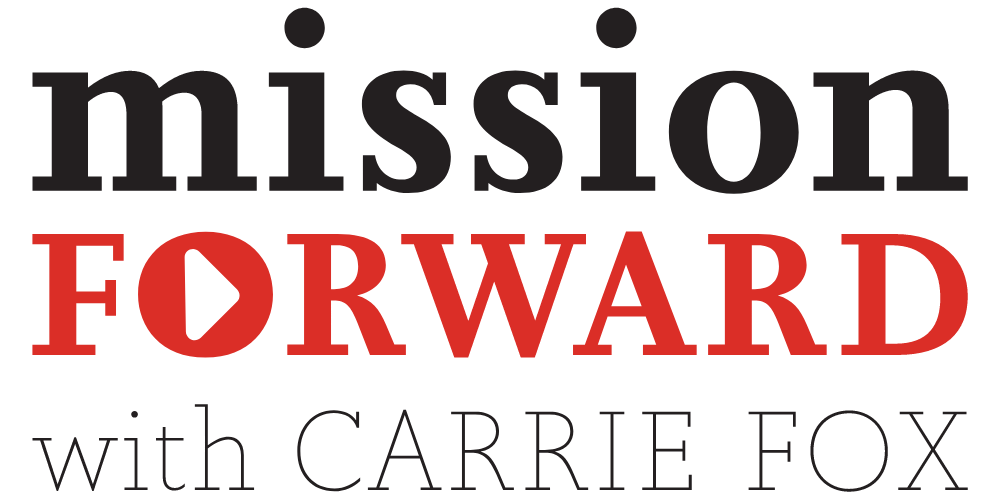Communicating Change.
This article is part of Finding the Words, a newsletter that delivers practical insights on the day’s issues.
Two weeks ago, I shared in this column the question I ask at the end of most workshops to test whether my audience hears and feels what I hope they will.
Many of you emailed to share how you’ve now tried that technique (with good success!), and a few asked for more techniques to make your message heard, particularly when communicating change within an organization.
So today, I share three of my go-to strategies to help make your message heard:
1. Lead With the Message You MOST Need Your Audience to Hear. If you need to communicate with your team about upcoming changes, avoid the urge to bury it or sandwich it between other key points. Instead, practice leading with the most important message you need your audience to hear and then build on it.
For instance, if you’re rolling out changes to your company healthcare plan to be more inclusive, lead with that point (exciting new benefits, more comprehensive coverage for all employees) rather than simply announcing that benefits are changing, which could make people feel anxious about what they might lose in the change.)
2. Provide Context. If you plan to roll out a change to the team and don’t clearly explain why, your audience could assume the worst, and you risk losing trust. Adding a clear rationale after your key message shows transparency, helps employees understand why a decision was made, and helps the audience feel respected and included. This simple strategy can help boost morale AND make your message more understandable.
For instance, if you’re planning to roll out strategy changes, consider this as one way to provide context: We brought you together today to learn more about how we plan to shift our strategy to meet this moment, and how we see a critical role for each of you to play in our work. As we reflect on our impact and the needs of our community, we’ve decided to start proactively shifting our strategy to invest more in the work that is having the most positive impact on our community. While some parts of our plan will be put on hold for the time being, I want to reinforce that we will all have a role in this revised strategy.
3. Repeat With Intention. If you’re speaking for more than a few minutes, some of your message is bound to get lost in audience distraction. To ensure everyone hears your most important message, consider intentionally pausing a few times throughout your comments to recap what you’ve shared. This “brief pause and repeat” technique is a proven way to ensure your audience is following along AND hearing key messages from earlier sections of your presentation. Repeating key information throughout your remarks and sharing that information in multiple ways also helps ensure your audience hears and processes your message.
For instance, if introducing a new team structure, you might pause a few times to reinforce your key points about the shift, such as “We started introducing some upcoming shifts to our team today. As noted, these shifts won’t take effect for another 6 weeks, so we all have time to prepare.” Later in the talk, you can reinforce your point once more. “So, as we prepare for these shifts and the opportunities to grow and learn across new teams, I want to remind you that we’ll make the most of these next 6 weeks before the changes take effect, and we’ll be here to support you through this shifting structure designed to support us all in moving this work forward.”
And if you wondered why I stopped at three, there’s a reason for that, too. Science shows our short-term memory can rarely hold more than four key points. So, as I did in today’s column, limit your key points and keep them simple.
Tell ‘em once, and then tell ‘em again!
Start with the message you most need your audience to hear.
Provide context.
And, repeat with intention.
May these quick tips help you communicate your key points this week.
Keep the good questions coming!
This post is part of the Finding The Words column, a series published every Wednesday that delivers a dose of communication insights direct to your inbox. If you like what you read, we hope you’ll subscribe to ensure you receive this each week.







